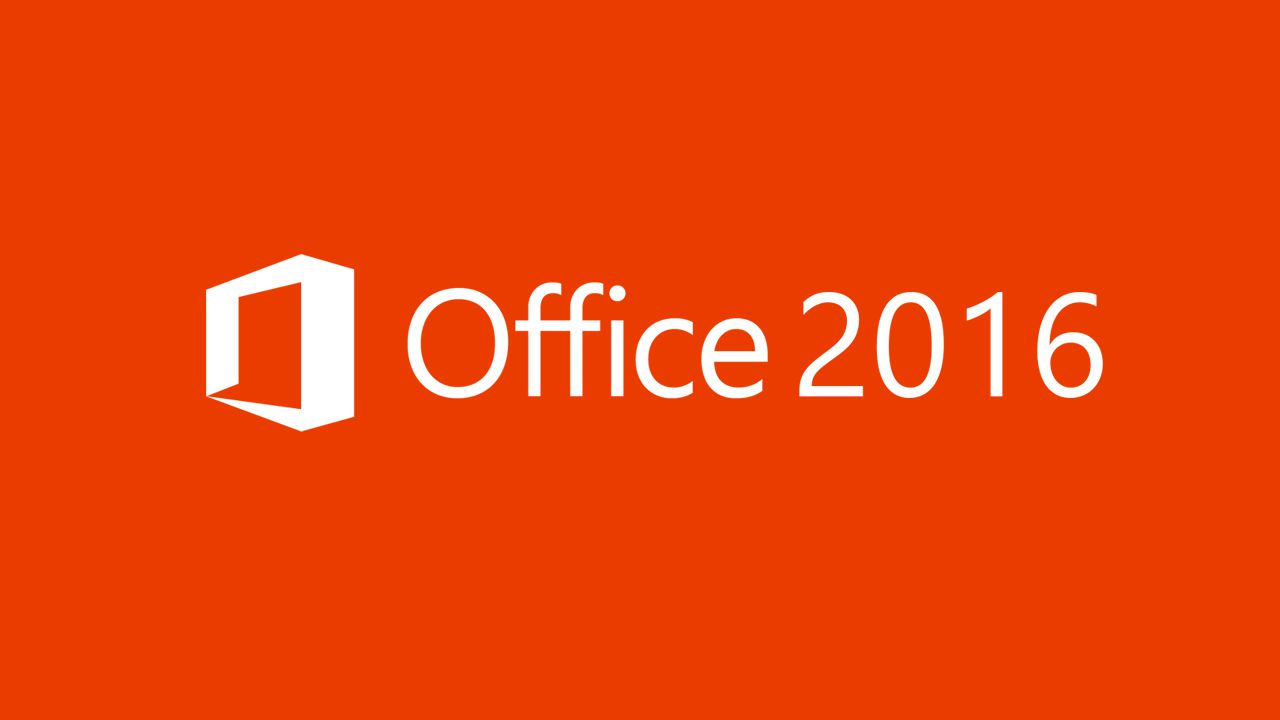The newest version of Microsoft Office released on September 22. While no drastic changes are present in Office 2016, there are a handful of new features worth mentioning. Of course, Microsoft continues to push the cloud environment, so many of these features relate to the increased functionality of cloud support present in the subscription-based Office 365 version of Office 2016. First, though, let’s take a look at some new features in the desktop-versions of the productivity suite apps.
Tell Me
In an attempt to make it easier to learn how to accomplish tasks in their products, Word, Excel, and PowerPoint now include a “Tell me what you want to do…” toolbar. Typing a phrase into this search field will display the functions that are most relevant. For example, in Word, typing “Add a comment” in the field leads to the first suggestion of “Insert Comment,” although also suggested are “Show Comments” and “Ink a Comment”. This saves time by avoiding having to Google search or dig through the Help documentation.
Smart Lookup
The Smart Lookup features utilizes Bing search to do quick research on a term that appears in a document in Word, Excel, or PowerPoint. By right-clicking on a word or phrase in one of these programs and selecting “Smart Lookup”, a side-panel called “Insights” comes up, with the most relevant Bing search results displayed. This can be useful for quickly pulling up the Wikipedia article on a subject, for example.
Recent Documents
How often have you typed up a document, went to Outlook to send it as an attachment, only to have to dig through your folders for five minutes before you can find it? In Outlook 2016, when selecting the “Attach file” option, Outlook will automatically display the most recent documents you worked on. Of course, you can still browse your PC to find older files, if necessary.
Microsoft has also improved cloud functionality in their Office 365 version of Office 2016. Let’s look at a few of the new cloud-based features for Office.
Cloud Attachments
Utilizing OneDrive, OneDrive for Business, or SharePoint Online, you can now send attachments as links to files, rather than the files themselves. This allows for just one copy of a document that multiple people can make changes to, without needing to change the reference to the new document or resend attachments. Permission levels allow the same file to be shared for read-only or editing to different people.
Skype for Businesses Collaboration
New to Word, Excel, and PowerPoint is integrated functionality with Skype for Businesses, allowing users to select the “Share” function and open an IM or video-call with another person while working in the application. This allows for screen-sharing collaboration and communication while working on a document.
Real-Time Coauthoring in Word
Again, utilizing the cloud storage of OneDrive or SharePoint, multiple users can edit the same Word document simultaneously, with the ability to see other users’ changes in real-time.
Sway
Like a more modern PowerPoint, Sway allows users to create presentations. However, these presentations more closely represent a webpage or e-magazine than a typical slideshow, with interactive multimedia content, custom designs, and cloud sharing via a single link.
There’s more features to be discovered in the new version of Office, this is just a small list of what we found the most interesting. Of course, there’s smaller design changes, like new colorful banners to easily distinguish the Office applications from one another, or the slightly repositioned Save button (now the upper-left corner icon), but this new version of Office feels very much like the last version, Office 2013. The small improvements and additional cloud functionality are welcome changes to an already solid productivity suite.







